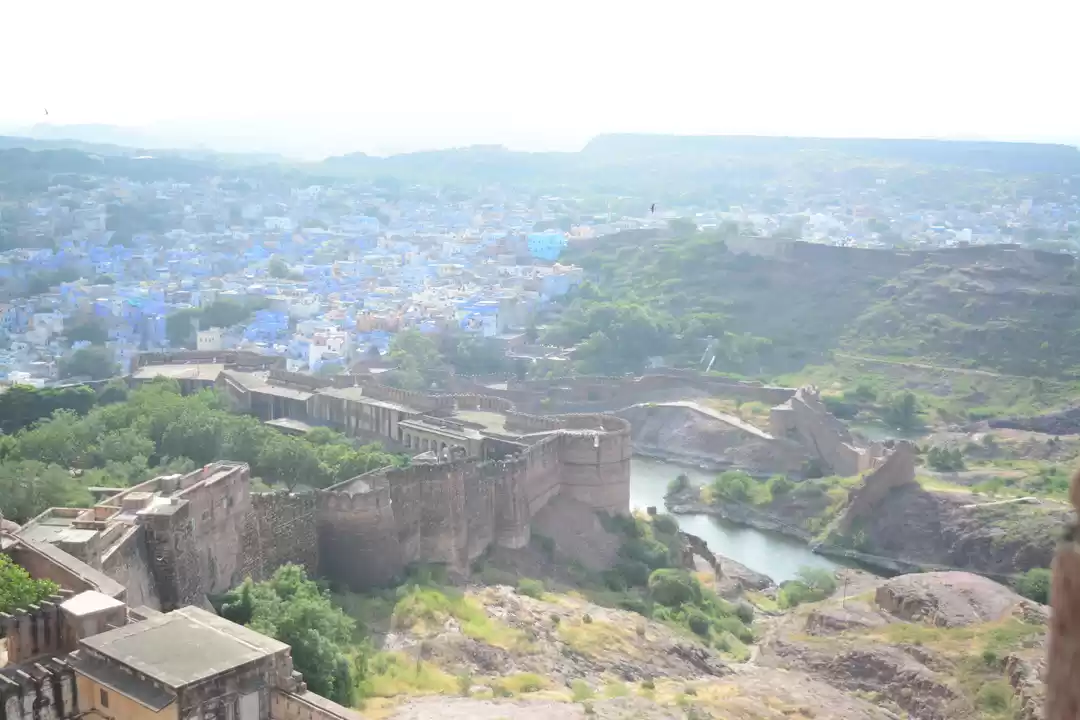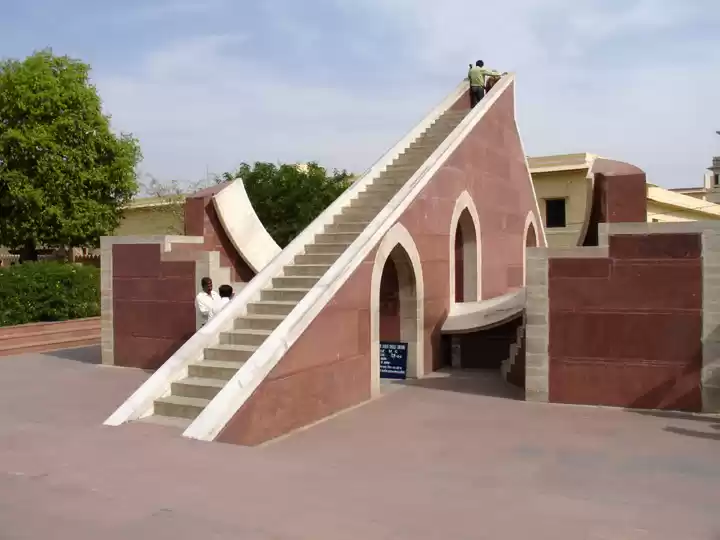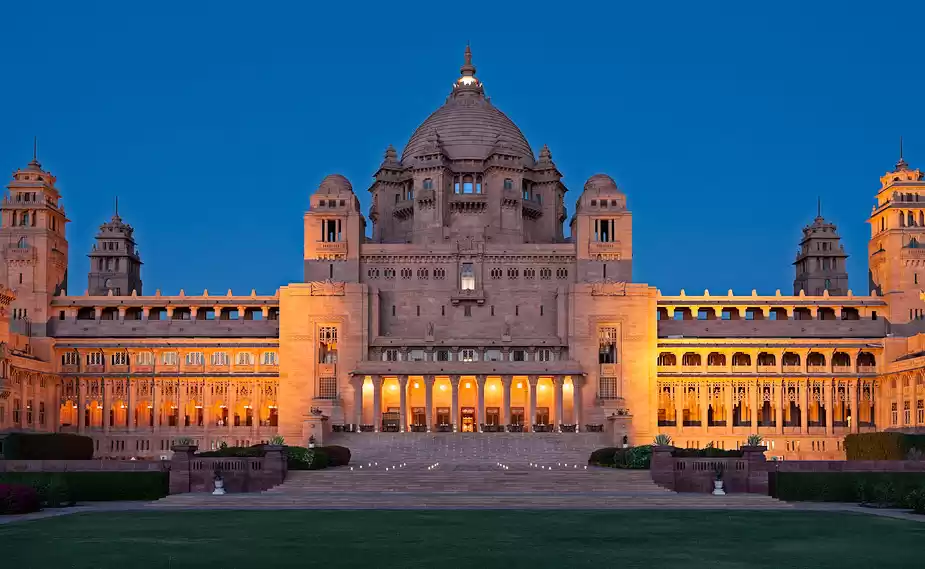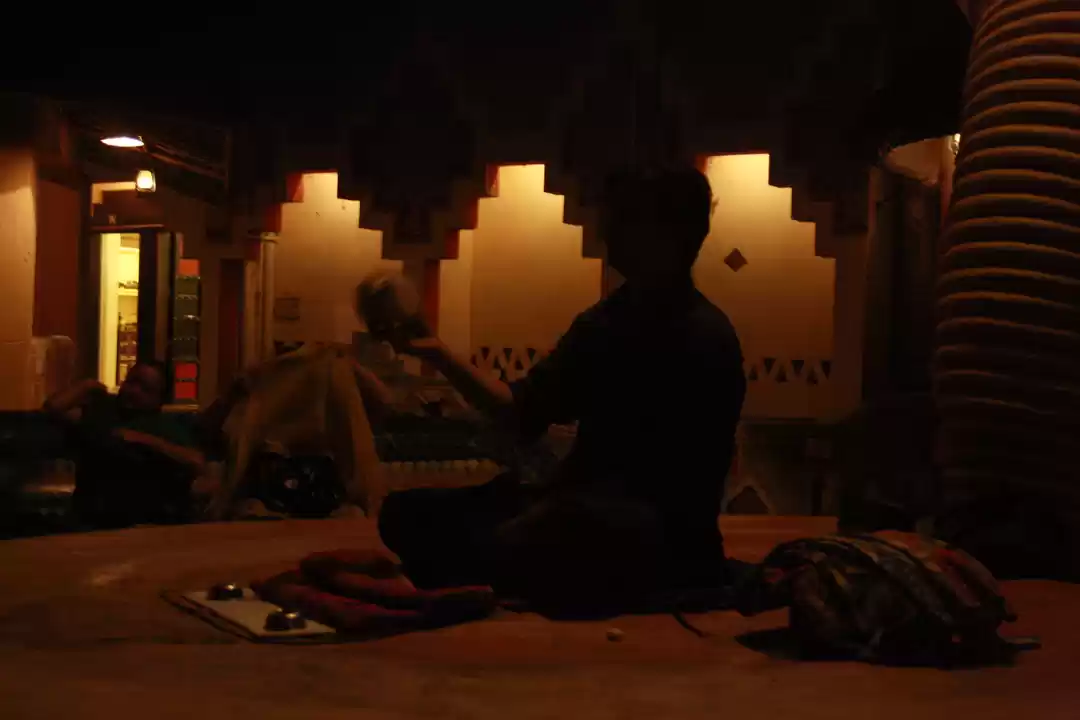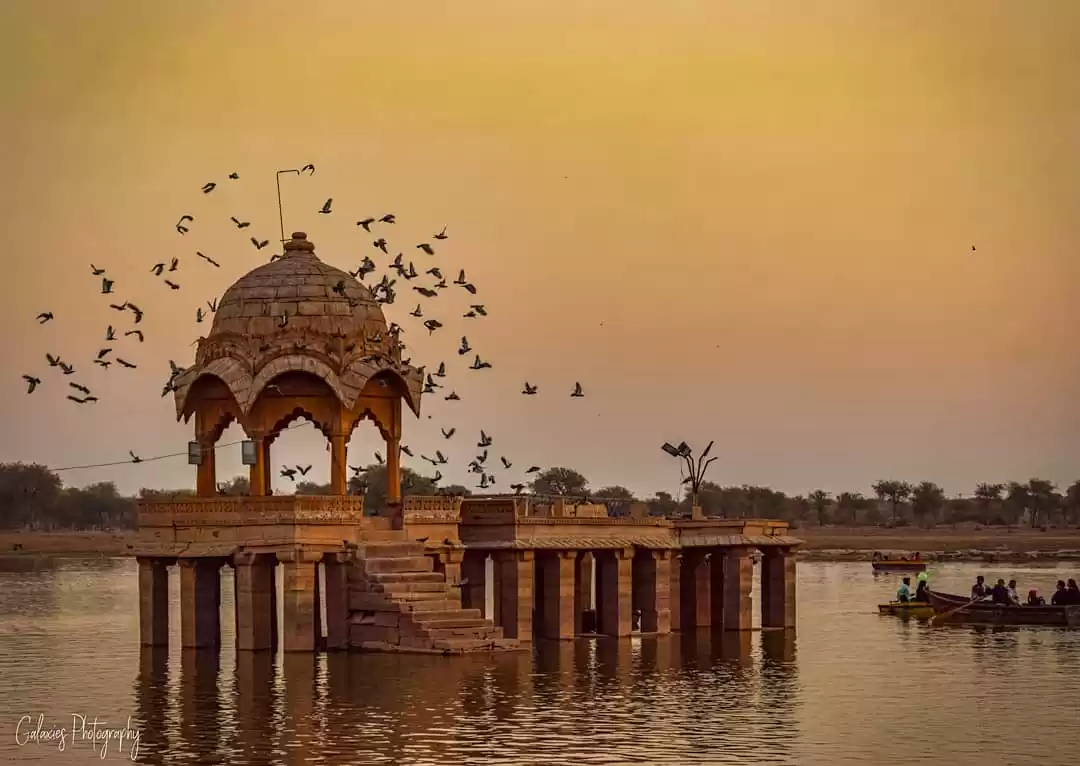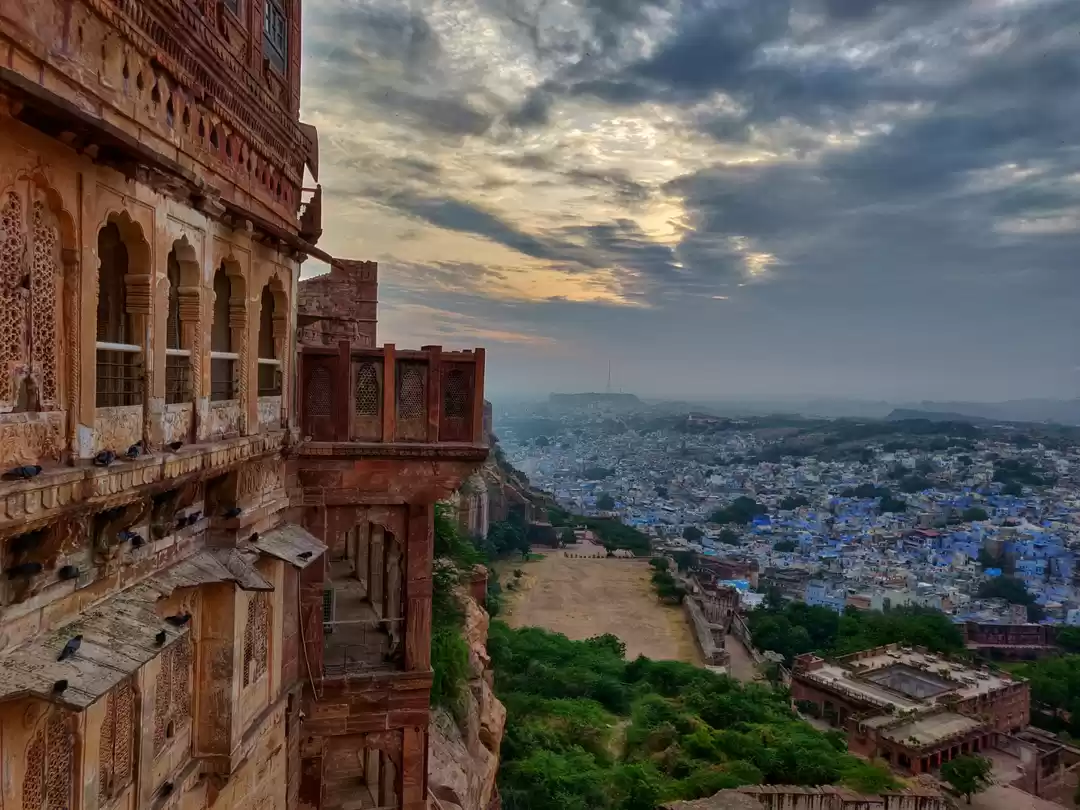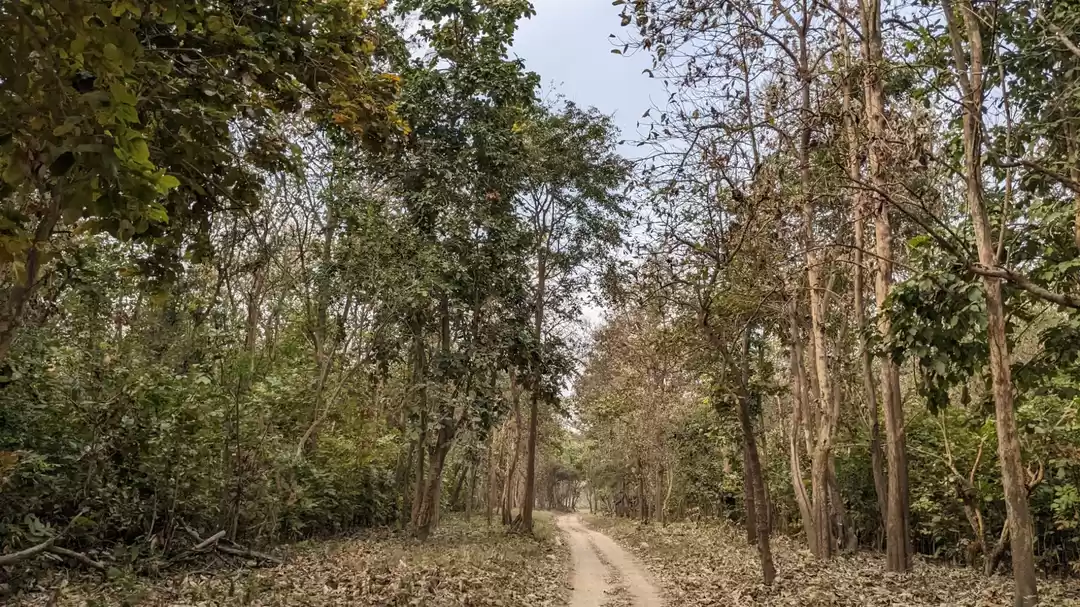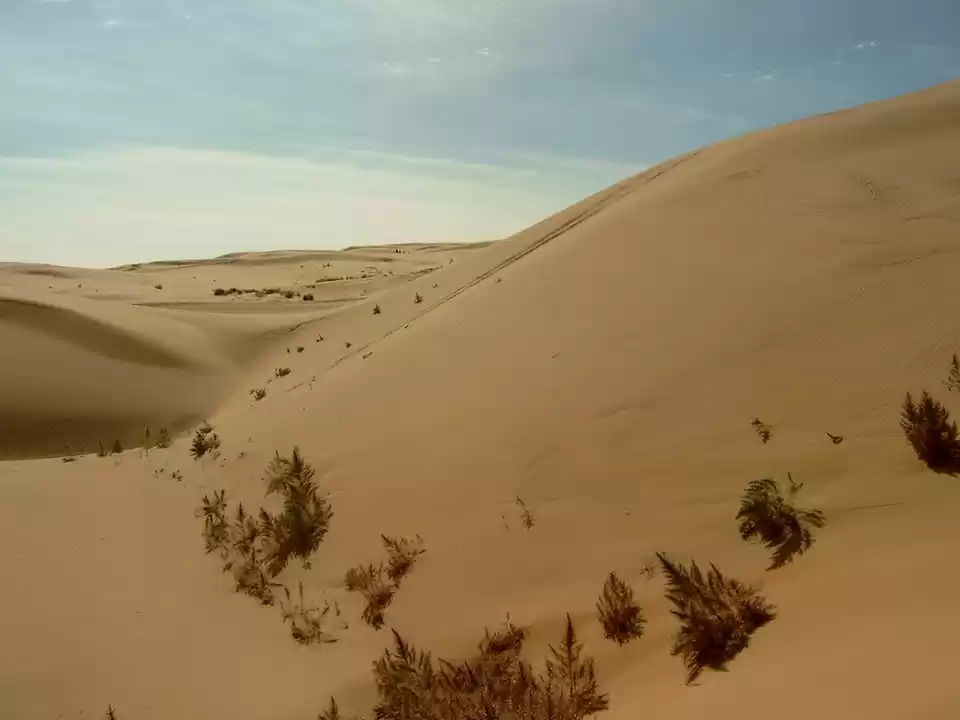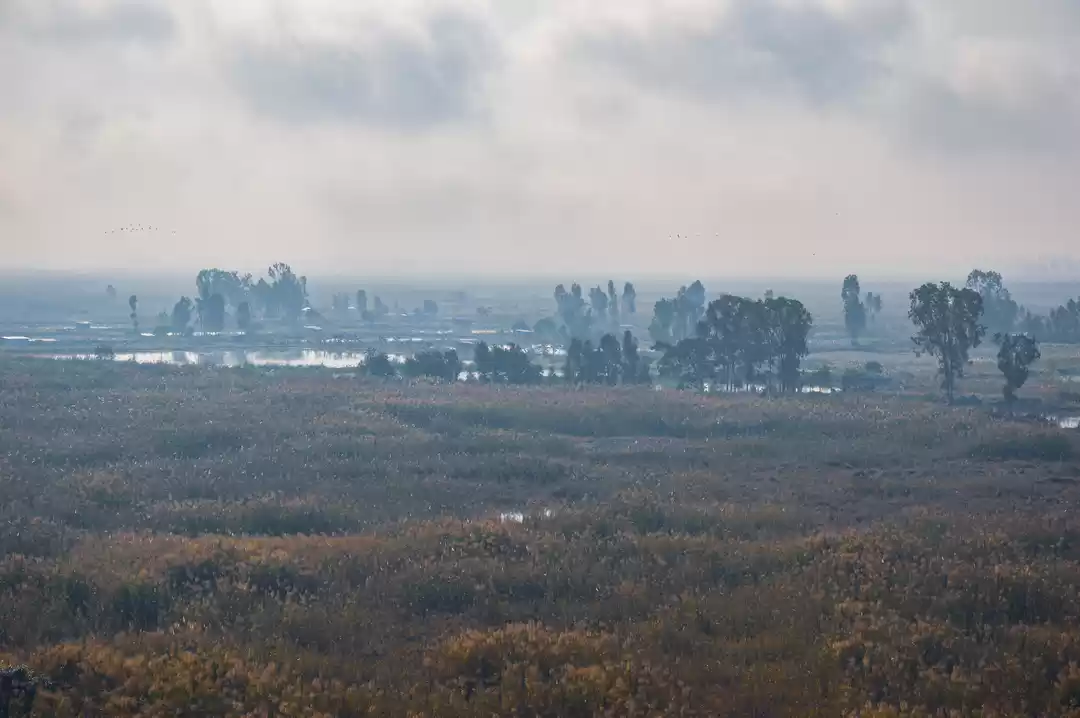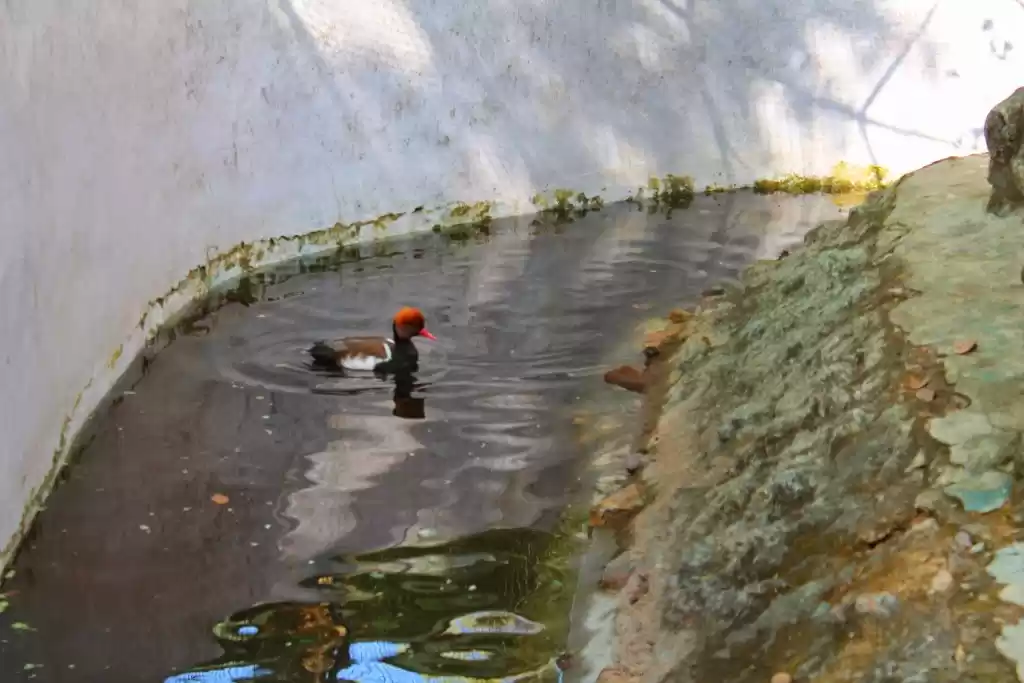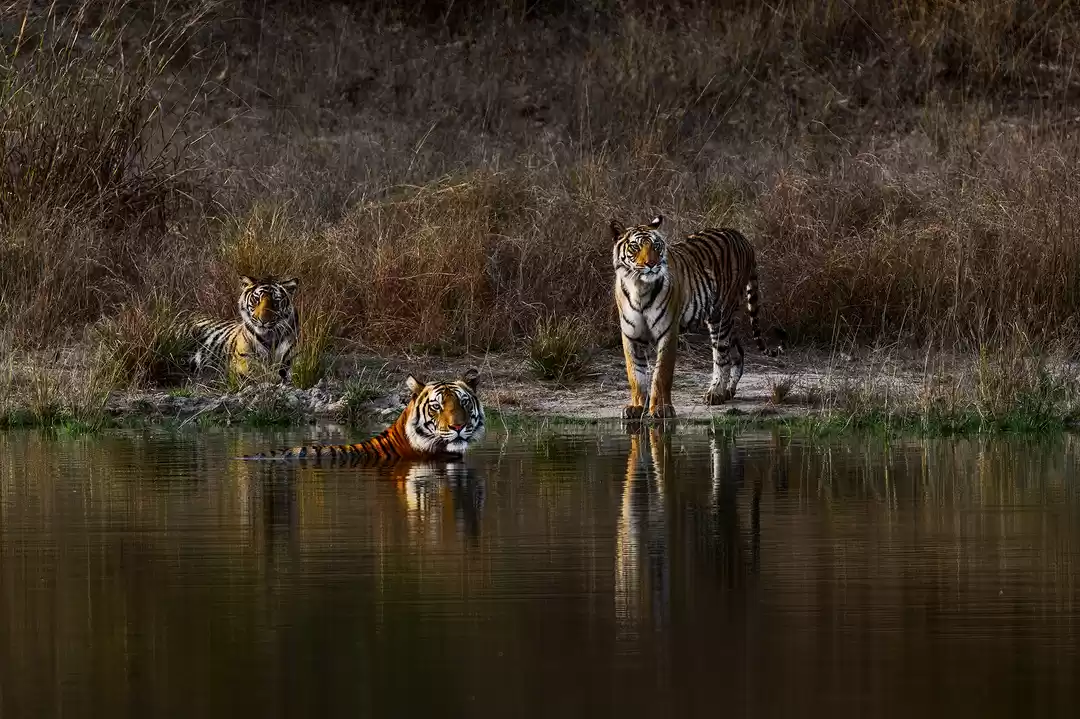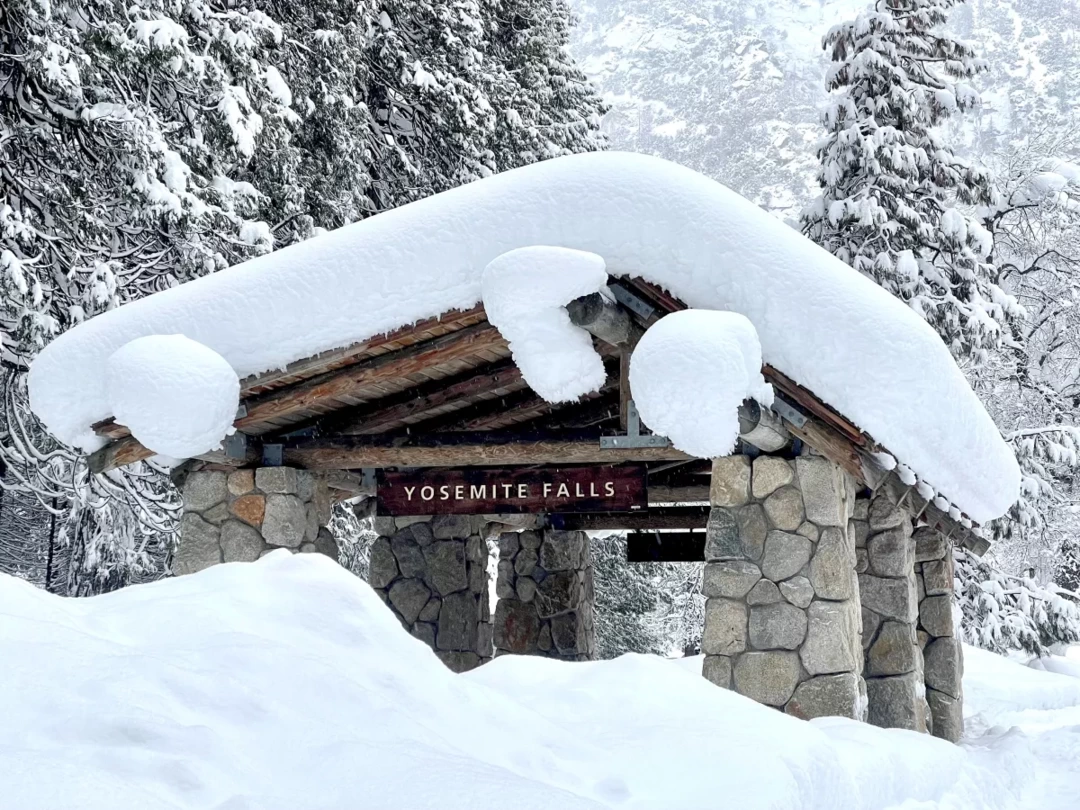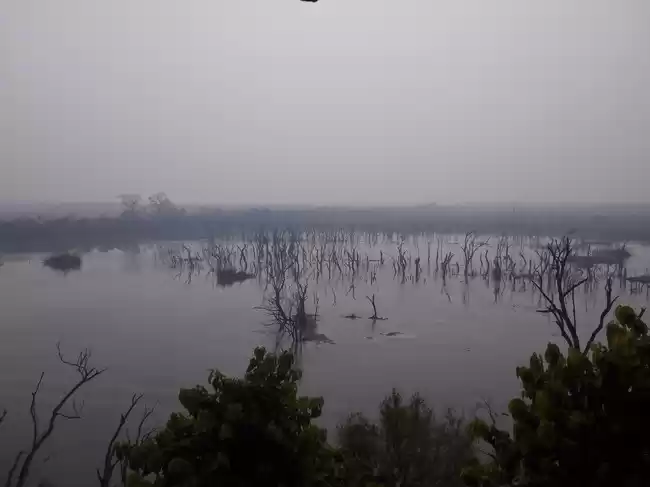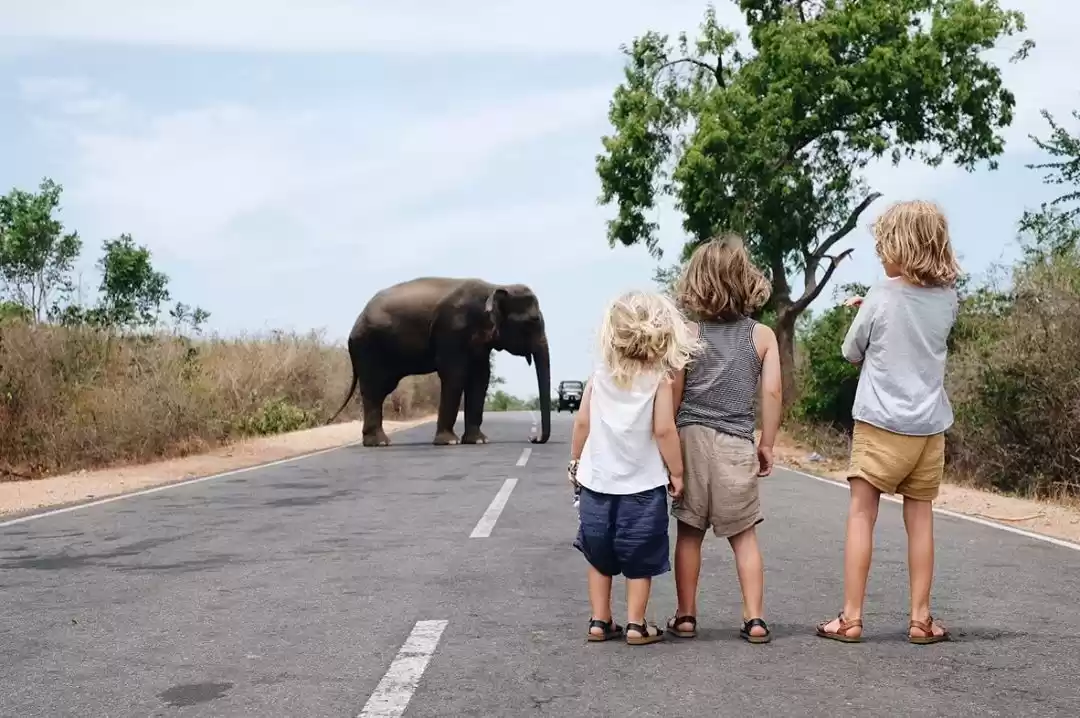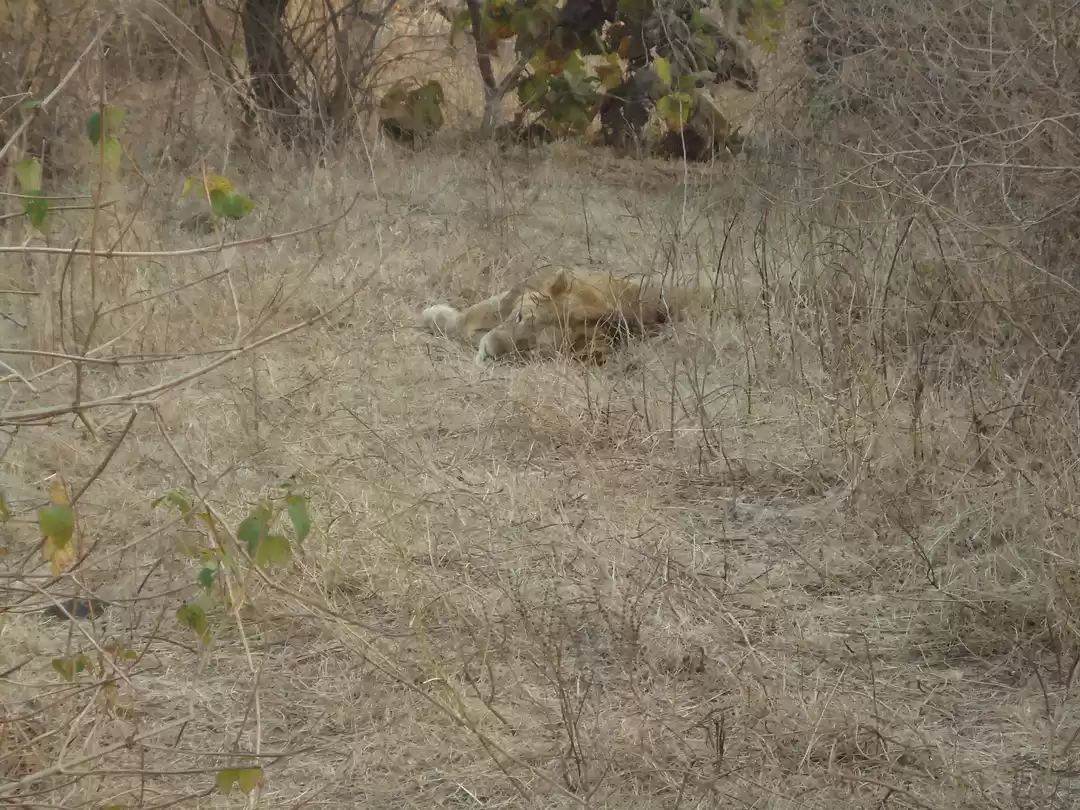Are you looking for a unique and exciting destination to explore the rich and diverse wildlife of India? Do you want to experience the thrill and beauty of the desert landscape and culture? If yes, then you should definitely visit the Desert National Park in Jaisalmer, Rajasthan, India.
Desert National Park is one of the largest and most spectacular national parks in India, covering an area of 3162 sq km in the Thar Desert. It is home to some of the most endangered and rare species of animals and birds, such as the Great Indian Bustard, the black buck, the chinkara, the desert fox, and the desert cat. It also boasts of stunning sand dunes, rocky hills, salt lakes, and ancient historical and cultural sites.
In this article, we will provide you with a complete guide to the Desert National Park, including how to reach, best time to visit, places to visit, things to do, tips for travellers, and more. Whether you are a wildlife lover, an adventure seeker, a history buff, or a culture enthusiast, you will find something to suit your taste and interest at the Desert National Park.
How to Reach Desert National Park
The Desert National Park is located about 40 km from Jaisalmer, the golden city of Rajasthan. You can reach Jaisalmer by air, train, or road, and then take a taxi or a bus to the park.
By air:
The nearest airport to Jaisalmer is Jodhpur, which is about 300 km away. You can take a flight from Delhi, Mumbai, Jaipur, or other major cities to Jodhpur, and then hire a taxi or a bus to Jaisalmer. The journey will take about 5 to 6 hours.
By train:
The nearest railway station to the park is Jaisalmer, which is well connected to Delhi, Jaipur, Jodhpur, and other cities by regular trains. You can take a train to Jaisalmer, and then hire a taxi or a bus to the park. The journey will take about an hour.
By road:
You can also drive to Jaisalmer from Delhi, Jaipur, Jodhpur, or other cities by car or bike. The roads are in good condition and offer scenic views of the desert. The distance from Delhi to Jaisalmer is about 800 km, from Jaipur to Jaisalmer is about 600 km, and from Jodhpur to Jaisalmer is about 300 km.
Best Time to Visit Desert National Park
The Desert National Park experiences extreme climatic conditions, with hot summers, cold winters, and scanty rainfall. The best time to visit the park is from October to March, when the weather is pleasant and suitable for wildlife viewing and camping.
The summer months (April to June) are very hot and dry, with temperatures reaching up to 50°C. The park remains open, but it is not advisable to visit during this time, as the heat can be unbearable and the animals may not be easily spotted.
The monsoon months (July to September) are humid and wet, with occasional showers. The park remains open, but it is not the best time to visit, as the rain may hamper your activities and the roads may get muddy and slippery.
The winter months (October to March) are cool and comfortable, with temperatures ranging from 10°C to 25°C. The park is open and lively, with many animals and birds roaming around and many tourists visiting. This is the ideal time to visit the park, as you can enjoy the wildlife safari, the camping, the sand dunes, and the cultural events.
Places to Visit in Desert National Park
The Desert National Park has a lot to offer to its visitors, from natural wonders to historical and cultural attractions. Here are some of the places that you should not miss when you visit the park:

Sand dunes:
The sand dunes are the most iconic and mesmerizing feature of the park, and the Thar Desert in general. They are formed by the wind erosion and deposition of the sand, and they change their shape and color with the seasons and the time of the day. You can enjoy the scenic views of the sand dunes, especially during the sunrise and sunset, when they glow in golden and red hues. You can also take a camel or a jeep ride on the sand dunes, and feel the thrill and adventure of the desert.

Wildlife:
The wildlife is the main attraction and the pride of the park, as it showcases the diversity and adaptability of the desert fauna. The park is home to some of the most endangered and rare species of animals and birds, such as the Great Indian Bustard, the black buck, the chinkara, the desert fox, and the desert cat. You can spot these animals and many more, such as the desert hare, the hedgehog, the mongoose, the wolf, the jackal, the vulture, the eagle, the falcon, and the owl, in their natural habitat. You can also see the tracks and signs of the animals, such as the footprints, the droppings, the burrows, and the nests, and learn more about their behavior and ecology.

Bird-watching:
The bird-watching is one of the most popular and rewarding activities at the park, as it offers you the opportunity to see and hear over 120 species of birds, both migratory and resident. The park is a paradise for bird lovers, as it hosts some of the most exotic and beautiful birds, such as the raptors, the waterfowl, the waders, the warblers, the larks, the finches, and the buntings. You can also see some of the rare and endangered birds, such as the Great Indian Bustard, the Houbara Bustard, the Cream-colored Courser, the Spotted Sandgrouse, and the Indian Eagle Owl. The best time to go for bird-watching is early morning or late evening, when the birds are most active and vocal.

Flora:
The flora is another fascinating aspect of the park, as it reveals the resilience and diversity of the desert vegetation. The park has a variety of plants, such as cacti, shrubs, grasses, herbs, and trees, that have adapted to the harsh and arid conditions of the desert. You can see some of the unique and interesting plants, such as the khair, the khejri, the rohira, the ak, the phog, the kair, and the thor, that provide food, shelter, and medicine to the animals and the people of the desert. You can also see some of the colorful and fragrant flowers, such as the marigold, the rose, the jasmine, and the hibiscus, that add beauty and charm to the desert landscape.
Historical and cultural sites:
The historical and cultural sites are another attraction of the park, as they reflect the ancient and rich heritage and culture of the desert. You can visit some of the most remarkable and fascinating landmarks of the park, such as the Jaisalmer Fort, Kuldhara Village, Jain Temples, Gadisar Lake, and the Patwon ki Haveli, that date back to centuries and tell the stories and legends of the desert.

You can also witness and participate in some of the cultural events and festivals of the park, such as the Desert Festival, the Camel Fair, the Gangaur Festival, and the Teej Festival, that celebrate the life and spirit of the desert.
Things to Do in Desert National Park
The Desert National Park is not only a place to see and learn, but also a place to do and enjoy. There are many things that you can do at the park, that will make your visit more fun and memorable. Here are some of the things that you should try when you visit the park:

Camping:
Camping is one of the most immersive and adventurous ways to experience the park, as it allows you to stay close to nature and feel the essence of the desert. You can choose from a variety of camping options, such as tented accommodation, Swiss cottages, luxury camps, or desert huts, that suit your budget and preference. You can enjoy the local food, the bonfire, the cultural programs, the starry sky, and the silence of the night at the camp. You can also interact with the local people and learn more about their culture and lifestyle.
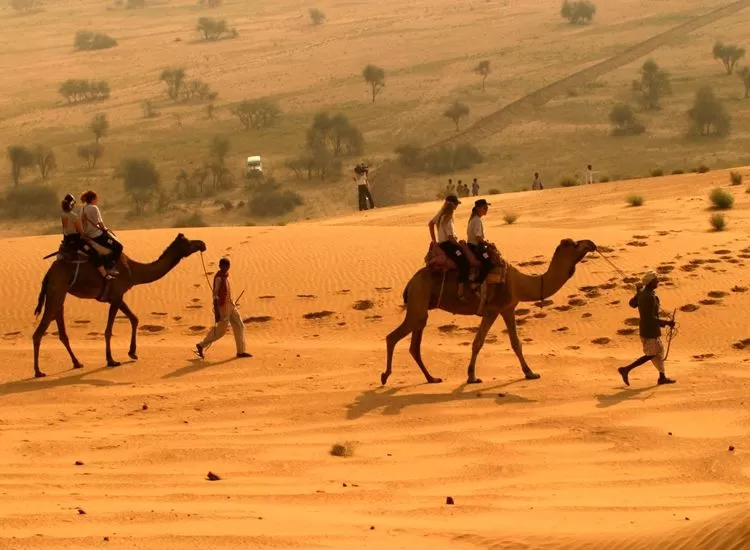
Wildlife safari:
Wildlife safari is one of the most thrilling and educational ways to explore the park, as it gives you the chance to see the animals and birds in their natural environment. You can opt for a jeep or a camel safari, depending on your choice and comfort. You can also hire a guide, who will explain to you the facts and features of the wildlife and the park. You can also take your camera and capture some amazing shots of the wildlife and the scenery. You can also enjoy the wildlife photography sessions, where you can learn the tips and tricks of taking stunning photos of the wildlife.
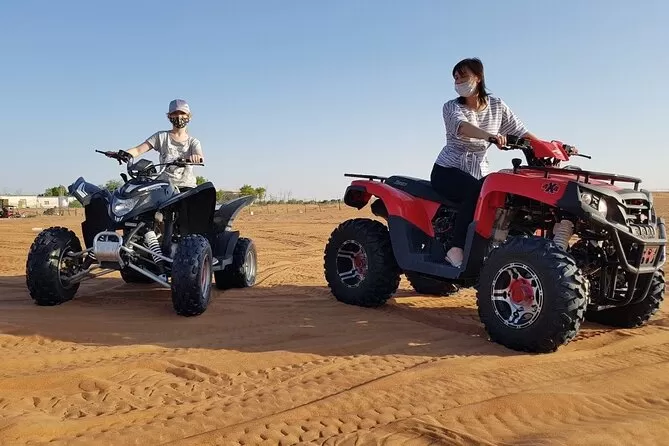
Adventure sports:
Adventure sports are one of the most fun and exciting ways to enjoy the park, as they offer you the adrenaline rush and the challenge of the desert. You can try some of the adventure sports, such as paragliding, quad biking, sand boarding, zip lining, and rappelling, that will test your skills and courage. You can also enjoy the views and the sensations of the desert from different angles and heights. You can also join some of the adventure tours and camps, that will provide you with the equipment and the guidance for the adventure sports.
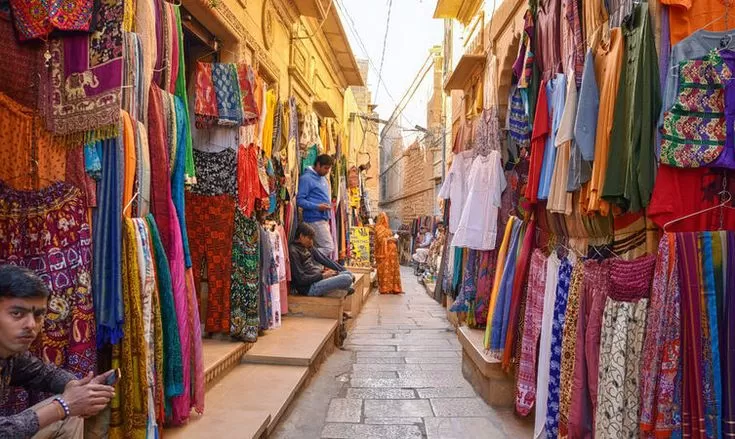
Shopping and dining:
Shopping and dining are one of the most authentic and satisfying ways to indulge in the park, as they offer you the opportunity to taste and buy the local products and delicacies of the desert. You can visit some of the nearby markets and shops, where you can find a variety of local handicrafts, souvenirs, spices, textiles, jewelry, and more. You can also try some of the traditional cuisine and street food of the desert, such as dal bati churma, ker sangri, gatte ki sabzi, bajre ki roti, pyaaz kachori, mirchi bada, and more. You can also enjoy some of the beverages and desserts of the desert, such as lassi, rabri, halwa, and more.
Tips for Travellers
The Desert National Park is a wonderful and unique destination, but it also requires some planning and preparation to make your visit safe and enjoyable. Here are some of the tips that you should keep in mind when you visit the park:

How to get permits and guides for the park: You need to get a permit from the forest department to enter the park, which costs Rs. 100 per person and Rs. 50 per vehicle. You can get the permit from the forest office near the park entrance, or from the Jaisalmer tourist office. You can also hire a guide from the forest office or from the tourist office, who will accompany you and explain to you the features and facts of the park. The guide fee is Rs. 200 per day.
What to pack and wear for the park: You should pack and wear light and comfortable clothes, preferably cotton, that cover your arms and legs, to protect yourself from the sun and the dust. You should also carry a hat, sunglasses, sunscreen, and a scarf, to shield yourself from the heat and the wind. You should also wear sturdy and closed shoes, to avoid any injuries or bites from the insects or the thorns. You should also carry a water bottle, a snack, a first-aid kit, a flashlight, and a camera, to keep yourself hydrated, nourished, prepared, and entertained.
How to stay safe and healthy at the park: You should follow the rules and regulations of the park, such as not littering, not feeding or disturbing the animals, not venturing off the trails, not making loud noises, and not smoking or drinking. You should also be aware of the potential dangers and hazards of the park, such as the venomous snakes, scorpions, spiders, and other insects, the sharp and prickly plants, the loose and slippery sand, and the extreme temperatures. You should also drink plenty of water, avoid eating spicy or oily food, and take rest and shade whenever possible, to prevent dehydration, heatstroke, or indigestion.
How to respect the environment and culture of the park: You should respect and appreciate the environment and culture of the park, as they are the essence and the identity of the desert. You should not damage or destroy any of the plants, animals, or structures of the park, as they are the natural and historical heritage of the desert. You should also not waste or pollute any of the water, soil, or air of the park, as they are the precious and scarce resources of the desert. You should also not offend or insult any of the people, customs, or traditions of the park, as they are the living and vibrant culture of the desert.
The Desert National Park is a must-visit destination for anyone who loves wildlife, adventure, history, and culture. It is a place where you can see and experience the beauty and diversity of the desert, and learn and appreciate the life and spirit of the desert. It is a place where you can have fun and memorable moments, and create unforgettable stories.
If you are ready to embark on this amazing journey, then book your trip to the Desert National Park today. You can find the best deals and packages on Tripoto, the leading online travel platform that connects travellers with local experts and hosts. Tripoto will help you plan and customize your trip according to your budget, preference, and interest. Tripoto will also provide you with the best tips and recommendations, and the best reviews and ratings, from the real travellers who have visited the park.
So, what are you waiting for? Visit Tripoto and book your trip to the Desert National Park now. You will not regret it. Thank you for reading this article, and we hope to see you soon at the Desert National Park.




